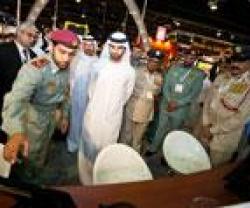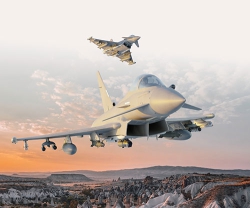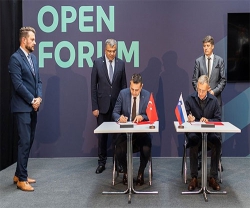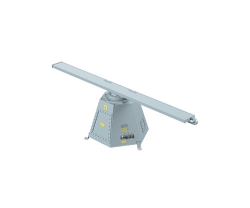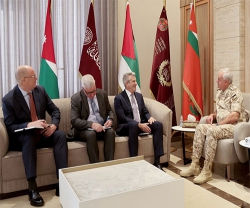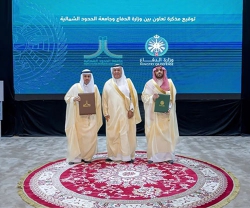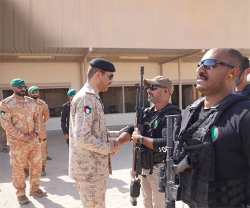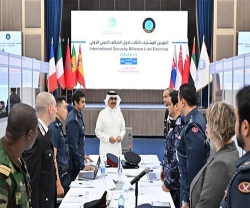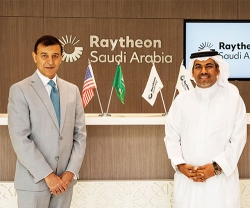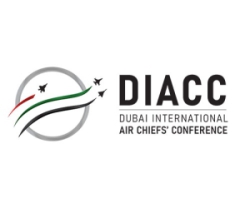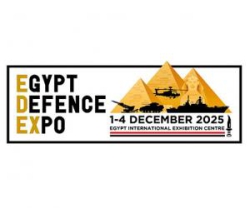According to SIPRI, world military expenditure is estimated to have been $1686 billion in 2016, equivalent to 2.2% of the global gross domestic product (GDP) or $227 per person. The 2016 estimate is a marginal increase of about 0.4% in real terms on 2015.
After 13 consecutive years of increases (from 1998 to 2011), world military spending has continued to plateau - with only minor decreases between 2011 and 2014 (an average of 0.7% per annum) and slight increases in 2015 and 2016.
In many oil-exporting countries, increases in military spending over the past 10 years have been correlated with high oil prices. The subsequent fall in the price of oil has led to substantial decreases in military spending. Since late 2014, the sharp fall in oil prices and the persistent price slump have had a significant impact on spending in several oil-exporting countries.
The decline in oil revenue has forced many oil-exporting countries to cut their government budgets, including military spending. The falls in countries such as Angola, Ecuador, Iraq, Mexico, Saudi Arabia, South Sudan and Venezuela have affected the wider regional trends.
The top 15 countries with the highest military spending in 2016 were the same as those in 2015, although there were some changes in their ranking. The 15 largest spenders account for $1360 billion, or 81%, of total global spending.
Between 2007 and 2016, China has seen the biggest growth in military spending, with an increase of 118%, followed by Russia (87%), and India (54%). In the same period, Italy (-16%), the United Kingdom (-12%) and the United States (-4.8%) were the only countries in the top 15 to see their military expenditure fall.
In 2016, total US military expenditure of $611 billion is over one-third (36%) of world military expenditure. This is nearly three times the level of China’s spending, which is ranked second. US military spending grew by 1.7% between 2015 and 2016, the first increase after five consecutive years of decline. Despite this slight growth, US military spending remains 20% lower than its peak in 2010.
As a result of an unexpected increase in Russia’s military expenditure in late 2016 and large cuts to Saudi Arabia’s military budget, Russia moved above Saudi Arabia to the position of 3rd largest spender in 2016. India moved from 7th to 5th place after its largest annual spending increase since 2009. Meanwhile, both the UK and Brazil dropped one place in the rankings.
The UK fell from 6th to 7th - a move largely attributed to the devaluation of the British pound following the result of a referendum on the country’s membership of the European Union. In Brazil, which went from 12th to 13th position, failure to revitalize an economy deep in recession has seen the country’s military spending decline by 7.2%.
Five of the top fifteen global spenders in 2016 are in Asia and Oceania: China, India, Japan, South Korea and Australia (in ranked order).
At $334 billion in 2016, Europe’s military spending accounted for 20% of global military expenditure. The figure is an increase of 2.8% compared with 2015 and is only 5.7% higher than in 2007. Four of the fifteen largest military spenders in the world - France, the UK, Germany and Italy in ranked order - are in Western Europe.
SIPRI is not publishing an estimate of military spending for the Middle East for 2016 as data is unavailable for Lebanon, Qatar, Syria, the UAE (which was the second largest military spender in the region in 2014) and Yemen.
For those countries for which data is available, their combined total military expenditure in 2016 showed a decrease of 17% compared with 2015 but a 19% increase compared with 2007. The decrease in 2016 came despite the fact that all countries except Oman were militarily involved in at least one armed conflict in the region. This demonstrates the impact of the fall in oil prices on the economies of several of the region’s major military spenders.
The military burden is particularly high in the Middle East. Military spending as a share of GDP, for those countries in the region for which data is available, averaged 6.0% in 2016 - almost triple the global average of 2.2%. Oman had the highest military burden in the world, at 17%, followed by Saudi Arabia at 10%.
Saudi Arabia’s estimated budget of $63.7 billion in 2016 makes it by far the largest military spender in the region and the 4th largest in the world.
While Saudi Arabia had been increasing its military spending year-on-year since 2002, its spending in 2016 was a 30% decrease on 2015. By contrast, Iran’s military expenditure decreased by 7.3% between 2007 and 2016, but rose by 17% between 2015 and 2016. The lifting of international sanctions has benefited the Iranian economy, improving incomes and giving the government the freedom to increase military spending.
Israel was the 15th largest military spender in the world in 2016. Its expenditure grew by 19% between 2007 and 2016 to $18 billion. This figure excludes about $3.5 billion in military aid from the USA. Turkey increased its military spending by 9.7% between 2007 and 2016. At $14.8 billion, it is the 18th largest military spender globally. However, the figure for actual spending in 2016 is uncertain. Since the attempted military coup in July 2016, detailed data on Turkish military expenditure has become more difficult to find.
SIPRI is an independent international institute dedicated to research into conflict, armaments, arms control and disarmament.
Established in 1966, SIPRI provides data, analysis and recommendations, based on open sources, to policymakers, researchers, media and the interested public.



